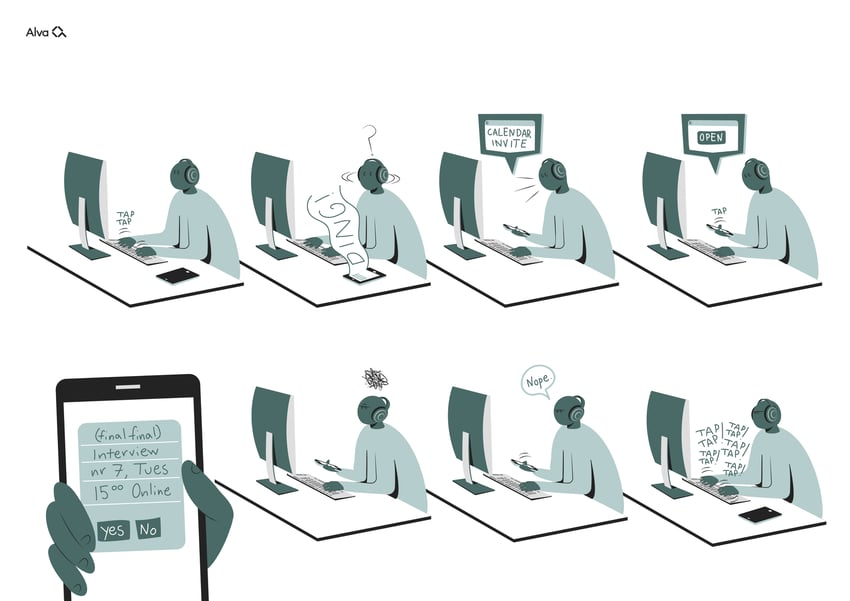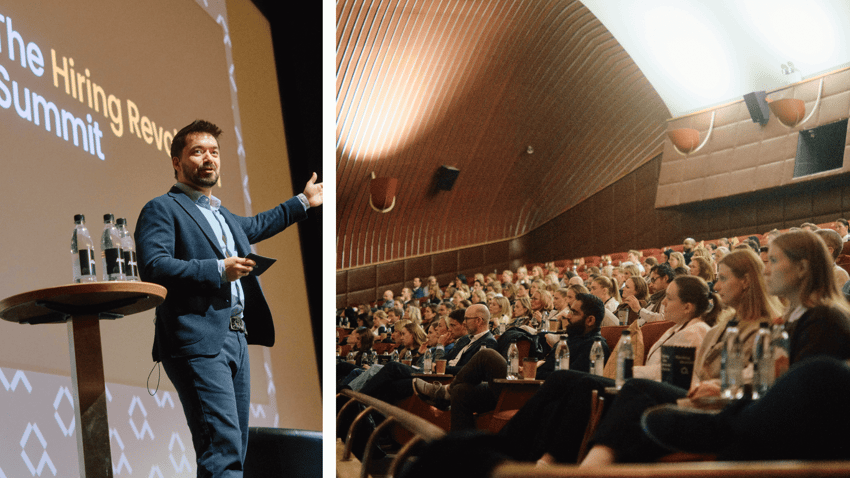Hiring has changed. The science is clear. But most strategies are stuck in the past. Dr. Paul Sackett’s latest research resets what we know about accuracy, fairness, and performance — and the cost of getting it wrong. Here’s what you need to know now.
In 2022, Dr. Paul Sackett and his research team published a meta-analysis that forced the hiring world to rethink its assumptions. For decades, certain tools – like cognitive ability tests or structured interviews – have been seen as highly predictive of job performance. But there was a catch.
Earlier studies had used a statistical correction called “range restriction” — and they’d overdone it. That led to inflated claims about how well different methods actually worked.
Sackett’s team re-ran the numbers. The result? Lower scores across the board — and a clearer view of what really predicts performance: a systematic approach that combines structured, evidence-based methods.
What the research really says
After correcting for the over adjustments, the predictive power of most hiring tools dropped — often by 0.10 to 0.20 points. But a few methods still stood out, especially when used properly:
-
• Structured interviews
• Job knowledge tests - • Biodata (based on past behaviours and experience)
- • Work sample tests
- • Cognitive ability tests (GMA)

Each of these methods adds value on its own — but the real power comes when you combine them. That’s when predictive accuracy jumps.
→ By layering structured interviews, tests, and work samples, you get a fuller view of both current ability and future potential.
The impact? Sharper hiring decisions. Higher talent density. Better business results.
What this means for your hiring process
If you’re relying on gut feeling, unstructured interviews, or scattered tools, Sackett’s study is a wake-up call.
It's not just about evaluating candidates more effectively. It’s about consistently building stronger teams — with more speed, more fairness, and fewer mis-hires along the way.
Three important take aways for hiring and business leaders to start building on today:
- 1). Structure beats instinct: Interviews work — when they’re standardised, scored, and aligned to role requirements.
- 2). One tool isn’t enough: No single method tells you everything. But combining multiple structured tools does.
- 3). Fairness matters: Some methods may show group differences. But when used as part of a balanced system, they support fair, evidence-based hiring at scale.
Dr. Sackett’s research underscores this clearly: it’s not about swapping one tool for another. It’s about designing a system where structured methods work together – giving you more reliable, fair, and consistent hiring decisions, every time.

Tools don’t fix broken processes, systems do
Too many companies still treat hiring as a series of disconnected steps: write a job ad, scan CVs, run a test, do a few interviews, cross your fingers.
It’s not working.
Dr. Sackett’s research makes it clear: what works is a connected hiring system — one that:
- • Defines what great looks like for each role
- • Combines the right assessments for the job
- • Standardises how you interview and evaluate
- • Tracks outcomes so you can keep improving
This is where structured, science-backed methods show their real power – not on their own, but as part of a connected flow.
The opportunity
Dr. Sackett’s study didn’t introduce new tools. It cleared the air. It challenged the old numbers, confirmed the best practices, and showed what modern hiring really demands: clarity, consistency, and structure.
If your hiring process hasn’t changed in the past few years, this is your signal to act. You don’t need more guesswork. You need a system that makes hiring fairer, faster, and more confident — at scale.

Want to hear the full story, straight from Dr. Sackett himself?
Join us for our live webinar with Dr. Paul Sackett as we dive deeper into the research, what it means for your hiring strategy, and how to turn these insights into action.
Reserve your spot now and bring your questions:







